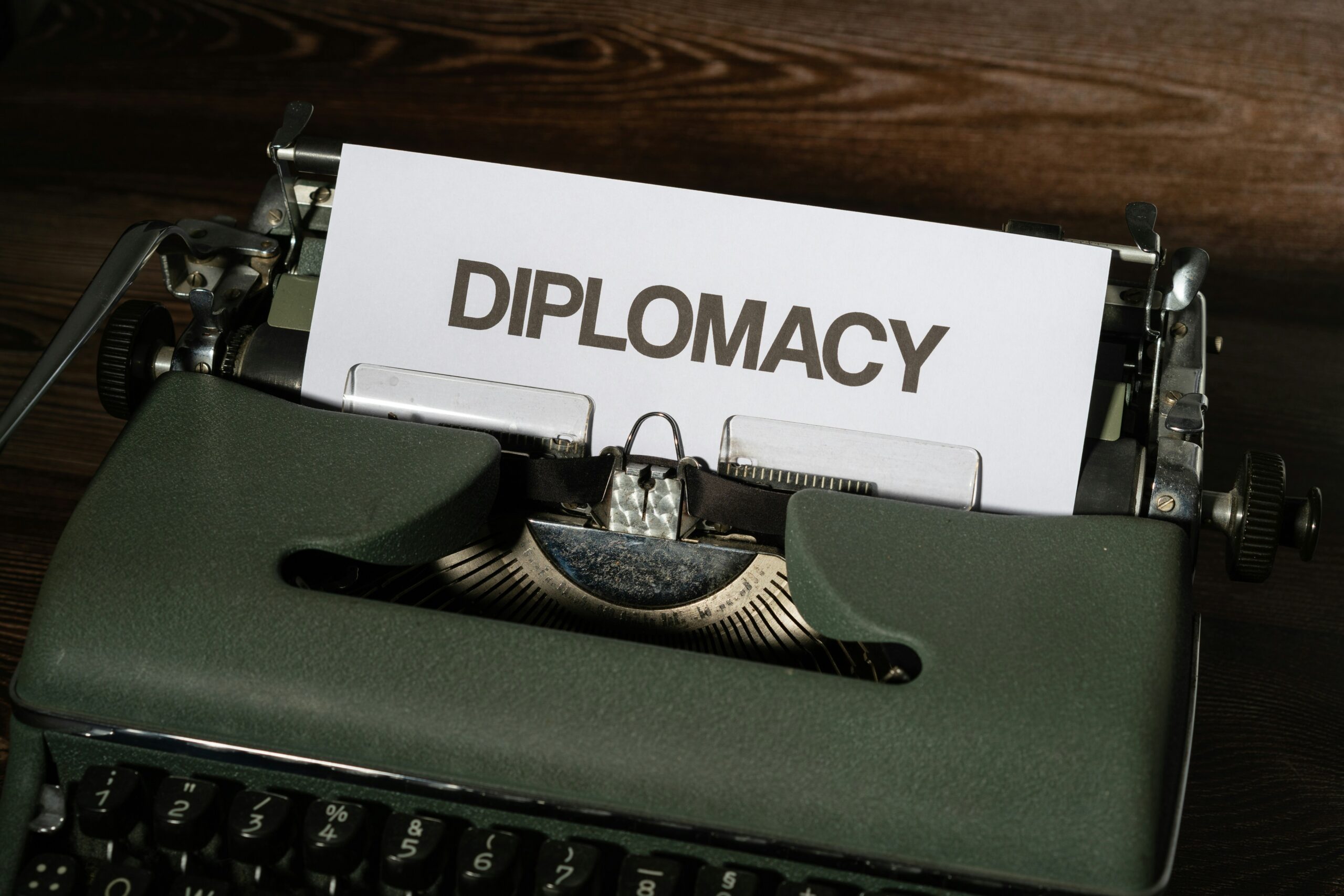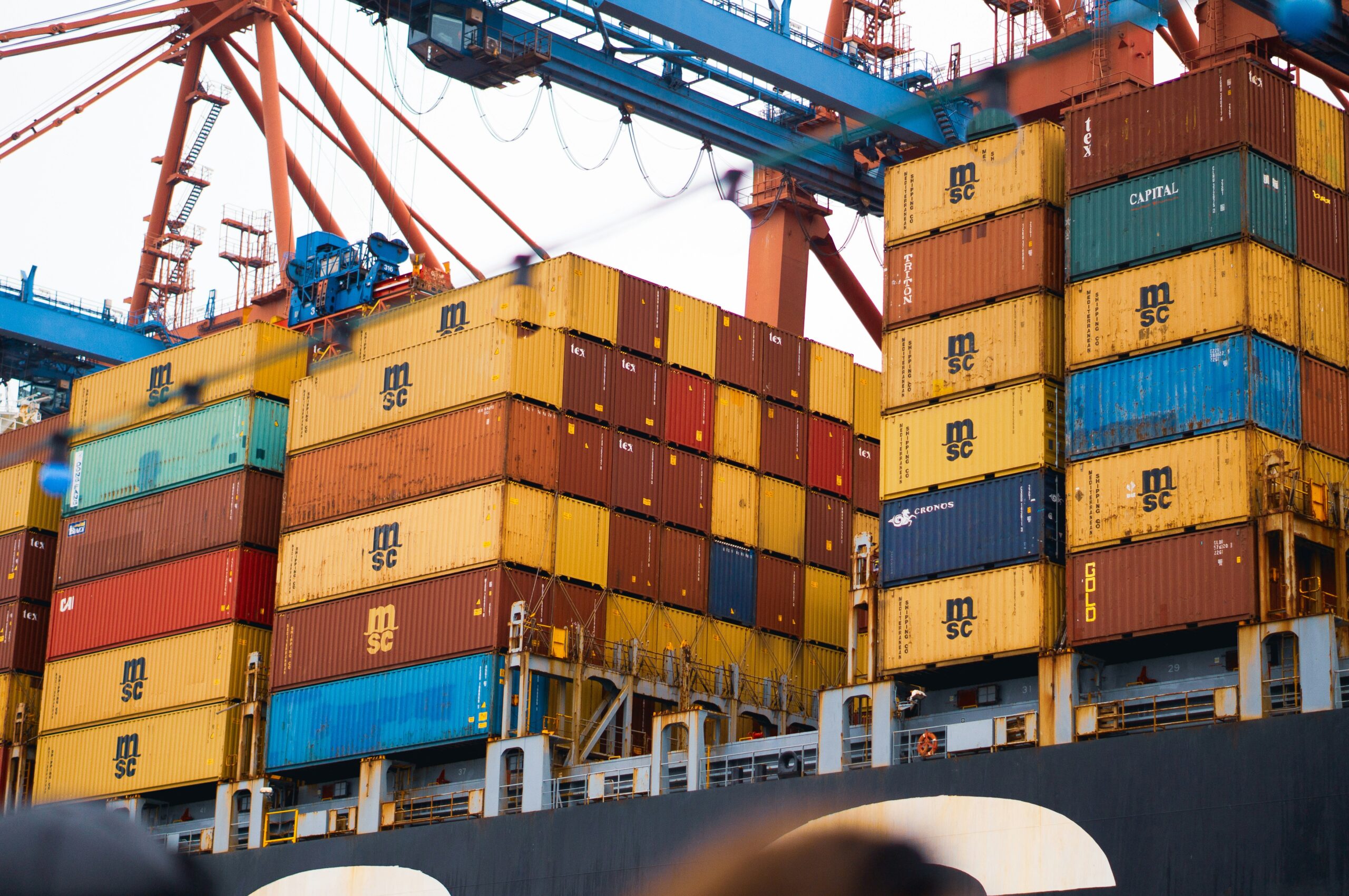New Zealand exports a wide range of goods. In 2016, Australia, China, the EU, the USA, Japan, Singapore, Korea, Thailand, Malaysia, and India were the top 10 trading partners. The government is looking for new business prospects in Europe and emerging markets including the Middle East and Latin America.

Australia-New Zealand Closer Economic Relations Trade Agreement
The Australia-New Zealand Closer Economic Relations Trade Agreement (also known as ANZCERTA or the CER Agreement) is one of the world’s most extensive bilateral free trade accords. It was the first agreement to include free trade in services and encompasses nearly all trans-Tasman commerce in goods, including agricultural items.
The construction of a World Trade Organization (WTO)-consistent Free Trade Area comprising Australia and New Zealand is the key element of the agreement.
Benefits and key interests
- ANZCERTA prohibits all tariffs and quantitative import or export restrictions on goods originating in the Free Trade Area.
- Includes provisions to reduce market distortions in goods trade, such as domestic industry aid and export subsidies and incentives.
- The Australia New Zealand Food Authority (ANZFA) Agreement of 1995 harmonized Trans-Tasman food standards, resulting in cheaper compliance costs for the industry, fewer regulatory hurdles, and more consumer choice.
New Zealand and Singapore on a Closer Economic Partnership
On January 1, 2001, the Agreement on a Closer Economic Partnership (CEP) between New Zealand and Singapore became effective. Except for the Closer Economic Relations Agreement with Australia, it is the most extensive trading agreement that New Zealand has ever negotiated. The CEP aspires to build on Singapore and New Zealand’s long-standing historical relations by expanding opportunities for commodities, services, and investment.
The CEP is comprehensive, addressing products, services, and investments, as well as technical and sanitary/quarantine impediments to goods trade.
Singapore’s bilateral commerce with New Zealand increased by 12.6 percent in the two years since the agreement took effect, from $0.97 billion in 2000 to S$1.09 billion in 2002.
The ANZSCEP not only improves market access but also elevates Singapore-New Zealand economic collaboration to new heights. New Zealand established its first overseas technology center in Singapore in 2002 to assist New Zealand companies in commercializing inventions and expanding internationally.
New Zealand – France
France and New Zealand have had rough relations in the past, but they have recently become much closer. Bilateral relations have been generally good since World War I and World War II, with both countries cooperating closely during the conflicts, but the sinking of the Rainbow Warrior in Auckland on 10 July 1985 by French Direction Générale de la Sécurité Extérieure (DGSE) agents severely harmed the relationship.
In recent years, New Zealand and France have grown to be significant commercial partners, with France ranking as New Zealand’s 15th largest trading partner in 2007, with exports totaling NZD$401.3 million (primarily sheepmeat, fish fillets, venison, and medicaments) and imports totaling NZD$679.6 million (mainly: Motor vehicles, wine, and machinery equipment).
France has made numerous, and some significant, investments in the New Zealand economy, particularly in the wine business, which includes Veuve Clicquot and Deutz, both of which are quite comparable to the French wine industry. Yoplait is a prominent New Zealand firm with one of the most well-known yogurt brands in the country’s agri-food industry. Other significant French investments in New Zealand’s transportation and communications sector (Alstom, Alcatel) as well as waste management have been made (ONYX)
New Zealand – China
The relationship between China and New Zealand is referred to as China-New Zealand ties, or Sino–New Zealand relations. After losing the Chinese Civil War and retreating to Taiwan in 1949, New Zealand recognized the Republic of China, but on December 22, 1972, it switched recognition to the People’s Republic of China. Over the last four decades, economic, cultural, and political ties between the two countries have increased. In terms of goods, China is New Zealand’s greatest trading partner, but in terms of services, it ranks second. New Zealand was the first developed country to sign a free trade deal with China, in 2008. New Zealand’s substantial commercial connections with China have been challenged in recent years by its security ties with the United States.



